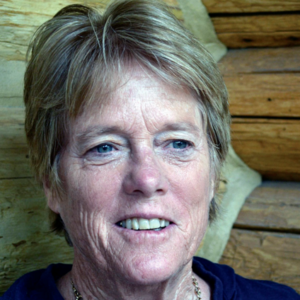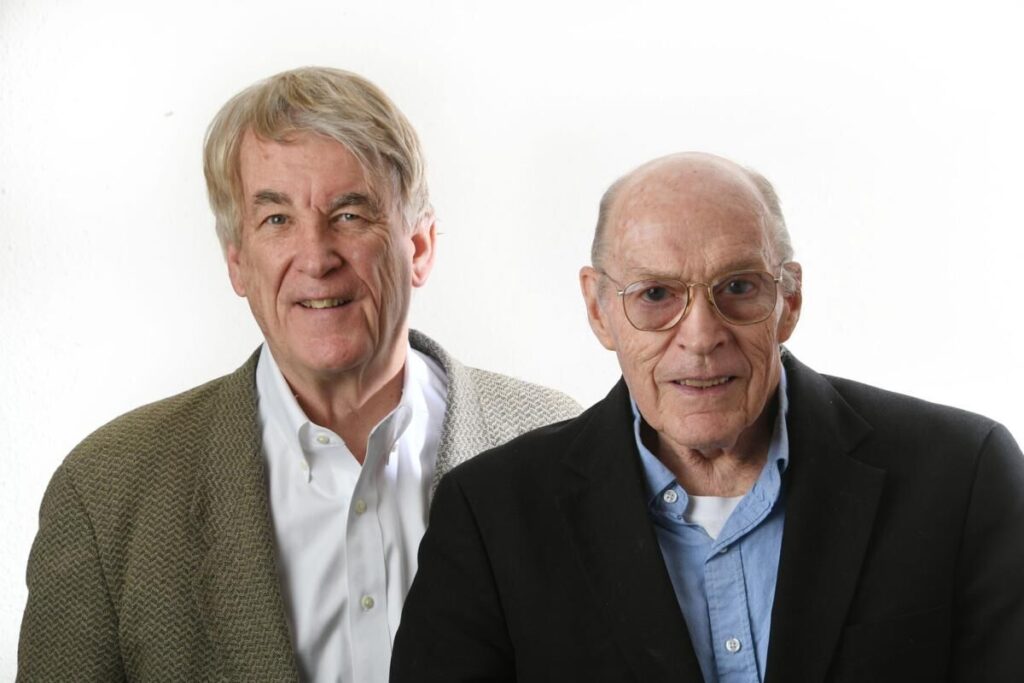A tale of two cities and two mayors named Mike | SONDERMANN
Both have been on the Colorado political scene for many years. Both now serve as the elected leader of their major city. Both share a first name – Mike.
And both are dealing in quite different ways with the twin issues of homelessness and migrants.
Of course, the conversation here centers around Denver Mayor Mike Johnston and his Aurora counterpart, Mayor Mike Coffman.
Their respective approach to these imposing issues offers a study in contrasts. Let us dive in.
Denver and Aurora are quite distinct locales. Denver is the capital city, the transportation hub, the media center, and the urban core of the metropolitan area. Aurora is a vast suburb of increasing prominence and a growing economic engine in its own right.
Further, while both cities boast an impressive degree of diversity, Aurora actually trumps Denver in terms of the multitude of nationalities and skin tones.
Denver’s policy regarding the homeless largely follows the model of many other large urban centers and that promoted by the federal government. It falls under the heading of “housing first.”
Aurora takes a notably different tack, employing a strategy that Coffman has been known to dub “work first.”
Clearly, neither two-word label on what takes precedence does justice to a far more involved undertaking. In the case of Denver’s “housing first,” the premise is that the initial priority is to get the homeless individual off the streets and that the array of wraparound services cannot be brought into play until the person is in a secure setting.
In Aurora, while “work first” might have a nicer ring, the program would be more aptly described as treatment and employment first.
As explained by Aurora Councilman Dustin Zvonek who also serves as Mayor Pro Tem and Coffman’s point person on the issue, the city’s strategy is to provide a low barrier to getting homeless people into “navigation camps” but then to use those camps and a series of incentives to induce those residents to the next, tougher steps of mental health and addiction treatment, and eventual job training.
One of the challenges of the homelessness crisis is that not only are the numbers growing, but service providers testify to the increasingly acute needs of many trapped in this cycle.
The homeless population certainly includes those who have fallen into tough times of economic hardship. Many such people can be found sleeping in cars or couch surfing as they try to catch a break and regain their footing.
But the hard-core homeless, including most of those living in the encampments that dotted many an urban or suburban landscape over recent years, are facing far more intense demons of opioid addiction and/or severe mental illness.
Aurora’s approach, led by Coffman and Zvonek, focuses on rigorous treatment as key to what Zvonek calls, “a structured path to self-sufficiency.”
Indicative of this, he tells of how a newcomer to Aurora’s navigation camps might receive a basic breakfast of oatmeal while smelling the bacon and eggs being served across the room to those who have committed to the second phase of intensive treatment and job training.
On a personal note, I find the smell of bacon highly, almost unfairly, motivating. However, using it as a lure could run afoul of the Eighth Amendment prohibition against cruel and unusual punishment.
Shifting back to Denver, Johnston’s Deputy Chief of Staff Evan Dreyer cautions against confusing a “housing first” model with housing only.
Yes, shelter is far more central to the Denver regimen than 12 miles east in Aurora. However, under Johnston, as under previous Mayor Michael Hancock (that same first name again), Denver regards such temporary housing as a starting point for providing those other critical services.
Johnston set a goal of getting a thousand homeless people off the street by the end of last year. He met that mark. To drive around Denver today is to witness a more inviting city than it was less than a year ago, with a near absence of mass encampments. Johnston deserves credit for that, as well as for standing up to some of the more impractical demands of the most progressive elements of his constituency.
That said, legitimate questions have been raised about some of Johnston’s metrics and how long the housed remains off the streets. There are also questions as to the efficacy of those addiction and mental health programs if not required, or at least highly encouraged, as a condition of housing.
Denver council members have been probing the cost accounting of Johnston’s initiatives. A tone-deaf Johnston spokesperson, not Dreyer, did the mayor no favors by asserting that the city did not consider those who have died in temporary shelters to be a “negative outcome.”
To my mind, the contrast between Denver and Aurora is a matter of carrots and sticks. “Housing first” in left-leaning Denver with a mayor of ambition within his Democratic Party is heavy on the enticement. “Work first,” or the emphasis on program participation beyond bed and shelter, leans more on consequence in deeply purple Aurora, featuring leadership with long-established Republican credentials.
The differences bleed over to how the cities have tackled the migrant influx over the last year. Denver resists the “sanctuary city” label though its policies are scarcely at odds with those that claim this designation. Instead, it fancies itself a “welcoming city” and has expended no end of money to serve those who have landed here or passed through.
Aurora has explicitly rejected any notion of sanctuary and adopted a resolution halting all city financial support of migrants. Zvonek asserts that Aurora consciously did not make itself a destination for migrants and has experienced only some “spillover effect” from Denver.
It smacks of yin and yang, perhaps signifying a surplus of heart in one place and a deficit of it across the municipal line.
Just as 50 states can be so-called laboratories of democracy; one size need not fit all locally.
A subtext of competition has long existed between Denver and Aurora. Let them differ in how they address these complex issues, bordering on intractable. A few years down the road, we can evaluate which approach worked out for the better and which policy formula holds the most promise.
Eric Sondermann is a Colorado-based independent political commentator. He writes regularly for ColoradoPolitics and the Gazette newspapers. Reach him at EWS@EricSondermann.com; follow him at @EricSondermann











